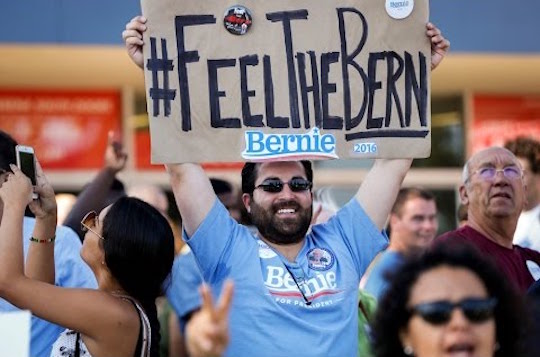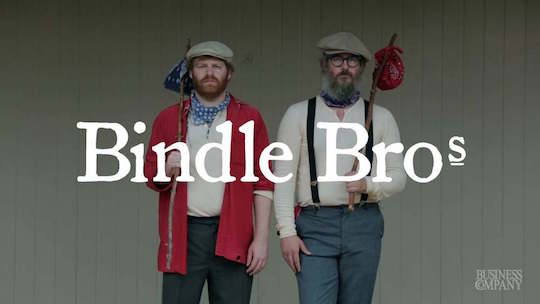Perhaps the greatest achievement in the last decade of social journalism has been the elimination of hipsters. At one time, hipsters were such a powerful force that they threatened to displace all other groups. By 2009, for example, they were so numerous that Time magazine found it more efficient to describe them in terms of who they were not:
Hipsters are the friends who sneer when you cop to liking Coldplay. They’re the people who wear T-shirts silk-screened with quotes from movies you’ve never heard of and the only ones in America who still think Pabst Blue Ribbon is a good beer. They sport cowboy hats and berets and think Kanye West stole their sunglasses. Everything about them is exactingly constructed to give off the vibe that they just don’t care.
Here the author lays out the hipsters’ defining characteristics: they don’t like the band you like, but they like the movie and beer you don’t. They wear hats. And they pretend they don’t care, when in fact we all care very deeply. We care so much about who is a hipster that we successfully hounded them out of existence. But they left a demographic vacuum that has been filled by bros.




